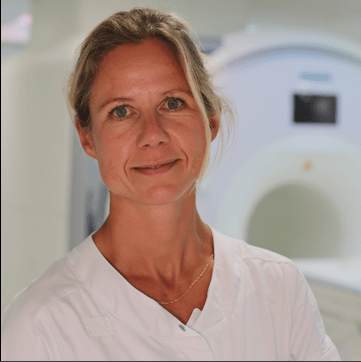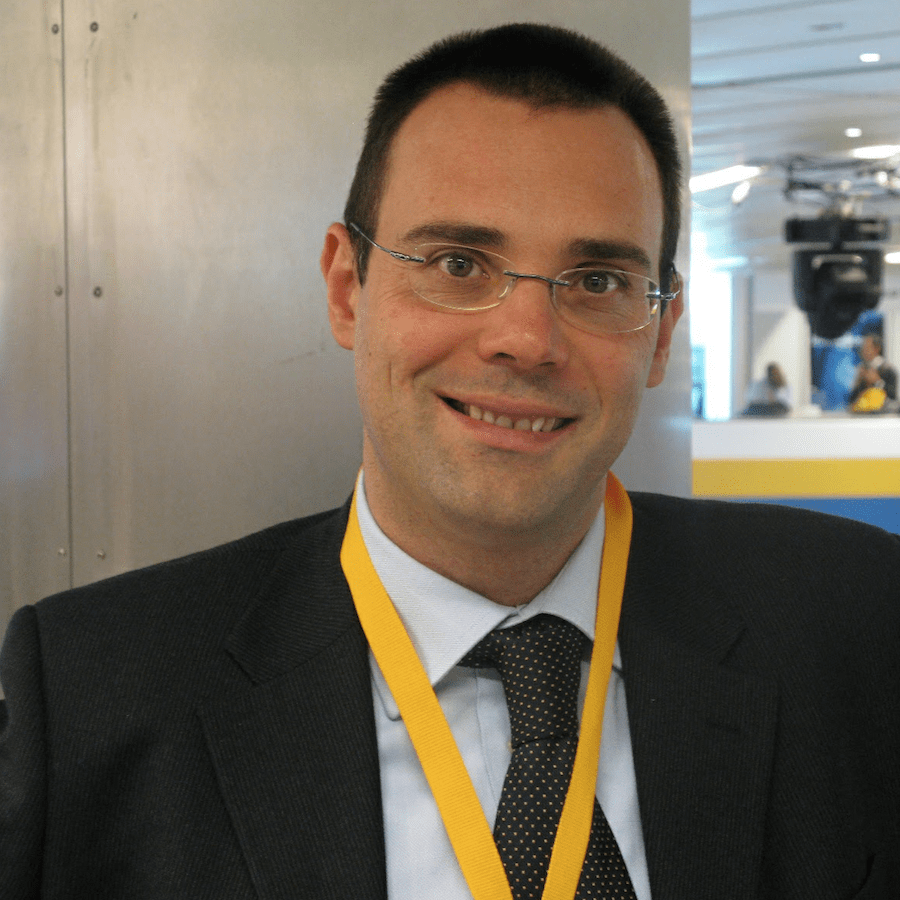
The utility of CEUS of the liver Webinar
The EFSUMB Webinar event, 'The utility of CEUS of the liver', took place on Wednesday 19 April at 17.00 CEST and was chaired by Caroline Ewertsen and hosted by Sintesi on behalf of EFSUMB.
View the Speakers and presentations below ...
CHAIRPERSON: Caroline Ewertsen

Department of Radiology Rigshospitalet Blegdamsvej 9, Copenhagen
Introduction
SPEAKER: Tommaso Bartolotta

Hospital Policlinico P. Giaconne, Palermo, Italy
Assessment of focal liver lesions with CEUS in comparison to CT/MRI
SPEAKER: Annamaria Deganello

King's College Hospital, London, UK
CEUS as a problem-solving tool in the management of patients with focal liver lesions
SPEAKER: Franca Meloni

Casa di Cura Igea, Milan, Italy

